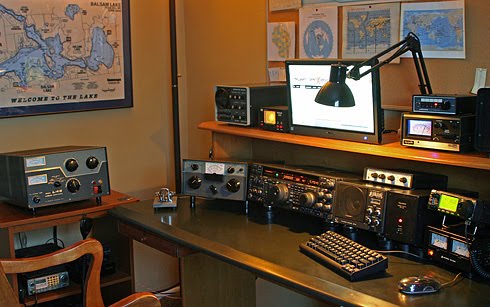
You can easily get a new or used ham radio equipments, Select the Appropriate type of antenna or get quality transceiver amplifiers. But one thing and the most Important part is get your license. Be a licensed ham radio operator, It can Provide many benefits in future.
Getting licensed for ham operators do not need to take a long time even for months. Currently classes for licensed ham radio is not as difficult as you think, even you do not need to know Morse code to pass the test. You can follow this in a week and you've got a license.
You can get information from a radio amateur operator or club in your area regarding license study classes and they are happy to help you to get a license. Generally, amateur radio club organize classes and events in some areas is not only a club but also a high school or college has a community of amateur radius and they provide classes to obtain a license.
If you are a beginner, then the level Technician Class test is the right choice since the test has been watered down by the FCC by July 1, 2006. Test at this level is in the form of multiple choice with the number as many as 35 questions. Electronic theory and the fundamental rules are the the vast majority of tests at this level. In this class covers what the minimum equipment required in the operation of the station, how to Communicate with other operators, and basic knowledge of licensing regulations and the safety of using the radio.
So, today you can find clubs in your area, get the info you need. Begin to learn and be ready to get your tech amateur radio license test. Next week you've got your tech license. Enjoy your new hobby.





